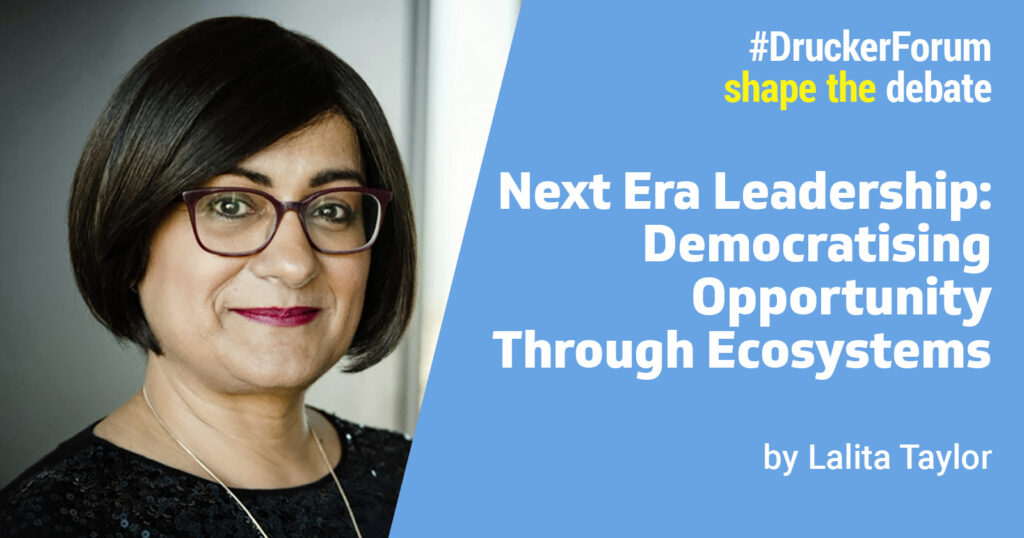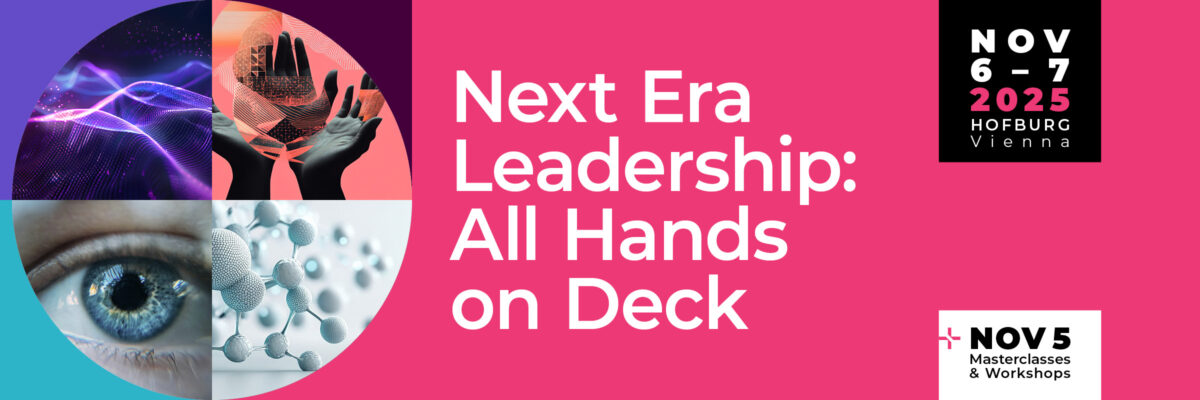
Leadership is being tested across every sector, but nowhere is the challenge of widening access sharper than in how we prepare the next generation for work. This is not only about young people; it is a live case study of a wider truth: leadership today is about opening opportunity in business, in culture, and across communities.
One of the defining leadership challenges of our time is to ensure that pathways to skills, networks, and meaningful work are open to all. Peter Drucker once said that the institutions which endure are those that innovate in service of human potential. That feels urgent today. We face a labour market in flux, a generation at risk of exclusion, and leadership models struggling to adapt. At the centre is the question of how leaders build a resilient talent pipeline for the future.
Local First, National Later
Drucker consistently emphasised that lasting change is built step by step, close to where people live and work. In practice, systemic change often begins locally. Pilots across UK regions show that what works in Birmingham may look different in Manchester or Liverpool. Instead of imposing uniform solutions, leadership means starting local, learning rigorously, and scaling with evidence.
This is not only about employability. It is a principle for all leaders facing complexity: start where you are, learn fast with and from your constituents, and let evidence guide expansion. Put differently: this is about leadership itself.
Equal access is not just a moral aspiration; it is the lubricant of a functioning system. Without it, well-meaning targets become traps. Social mobility depends not on slogans or single programmes, but on whether access is genuinely opened up.
From Top-Down to All Hands on Deck
The limits of top-down leadership are well known. What matters now is what replaces it. Systemic problems require all hands on deck: students as co-designers, employers as partners, policymakers as enablers, and funders as learning partners, investing in evaluation and shared insight. Leadership becomes distributed, shared among many who may never sit in the same room but are nonetheless connected in one ecosystem.
From Programmes to Ecosystems
Programmes are transactional: a short placement, often mismatched to a young person’s interests or the skills tomorrow’s economy will demand. Ecosystems, by contrast, are relational: multiple pathways that interlock, adapt, and reinforce each other.
At We Job Box, we design agile solutions with young people. Sometimes this means employer-set challenges in health or digital; sometimes real business tasks that young people deliver with support. Alumni sustain momentum with mentoring and career alerts. Each experience is safeguarded, trackable, and contributes to the 50-hour target the Government wants to guarantee for every young person.
We focus on sectors with acute skill shortages and embed AI and media literacy, equipping young people with entry-level skills increasingly scarce as automation replaces starter roles. Ecosystems also create elastic boundaries: young people can begin earlier, sampling across sectors, before focusing on what matters most to their goals. Work experience becomes not a single gate but a flexible field. Bottlenecks ease, and opportunity takes practical shape.
Youth as Co-Leaders
Expanding opportunity also requires rethinking leadership. For too long, young people have been consulted after the fact rather than trusted from the start.
At We Job Box, every adult board member sits alongside a youth advisor aged 16–24. This is not tokenism, it is shared accountability. It keeps decisions grounded in lived experience and ensures innovation aligns with the realities of those it serves.
The wider lesson is not about one organisation. It is that systems co-designed with those they serve are not only fairer but also smarter and more sustainable.
Evidence as Discipline
Vision without discipline is fragile. The discipline of leadership today is evidence. If we are serious about social mobility, we must know what works, not just what we hope will work.
That means moving beyond counting hours to asking: which interventions sustain engagement? Which models are scalable? How does impact vary across contexts? A safeguarded AI platform can help, tracking journeys, nudging participation, generating labour market intelligence. Ecosystems then do more than connect; they learn. They learn through positive feedback loops.
Why This Matters
At its core, social mobility is about access, who gets opportunity, and on what terms. The leadership lessons are clear:
• From projects to ecosystems.
• From designing for to designing with.
• From bold visions to visions disciplined by evidence.
• From rigid gates to elastic boundaries.
• From uniform roll-outs to scaling through local variation.
Peter Drucker argued that enduring institutions innovate in service of human potential. The challenge now is broader: to design systems that are scalable, inclusive, and grounded in local realities. That is the leadership task of our time.
From Command to Choreography
If the last era of leadership was about command, the next will be about choreography. Leaders cannot solve problems alone; their task is to assemble ecosystems where opportunity can flow. The next era of leadership will belong to those who democratise.
About the author:
Lalita Taylor is a creative tech founder, inclusion consultant, and former BBC leader with over 25 years of experience in editorial, digital, and innovation. She is the Founder and CEO of We Job Box, an AI-powered platform democratising access to meaningful work experience for young people aged 14–22. Lalita also consults with CoSTAR, driving equity in screen and performance tech. At the BBC, she led groundbreaking projects blending tech, learning, and storytelling, and co-chaired WiSTEM, supporting 1,000+ women in tech. Her work champions underrepresented voices, inclusive strategy, and hybrid knowledge-sharing experiences that shift culture and create real-world impact.

